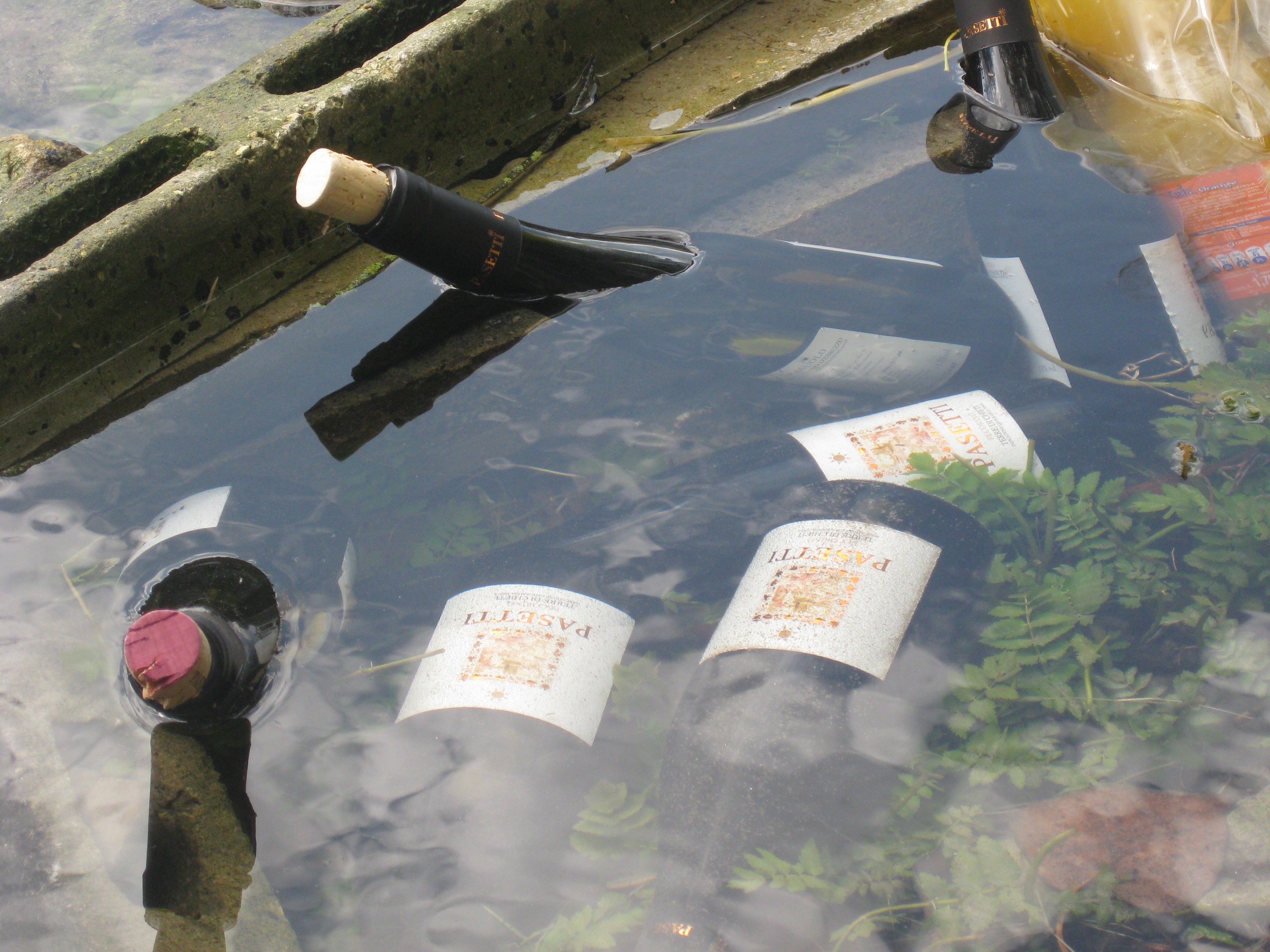
Abruzzo is located in the central portion of Italy on the eastern side facing the Adriatic Sea. The Marche region borders to the north, the Lazio region to the west and Molise to the south. Abruzzo has a unique terrain where there are three types of topography. On the east side you have 80 miles of coastline filled with sandy beaches.
The central part of Abruzzo is filled with gentle hills and inland Abruzzo is very mountainous. About two thirds of Abruzzo is covered with mountainous terrain with steep high elevations. It hosts the Apennines highest peak, Gran Sasso and the Maiella Massif. Abruzzo has a very wild, untouched landscape. The southern portion is full of dense Mediterranean scrub. There are also three national parks and 10+ nature reserves spread throughout. It has a little bit for everyone to explore.
The soil and climate of Abruzzo
The climate is rather mild in Abruzzo on the side of the Adriatic Sea. Inland is more continental. The territory experiences large diurnal swings in temperature, which is ideal for growing grapes. The grapes receive good ventilation that helps prevent the grapes from forming fungus and helps keep the vines healthy.
In ancient times the land was covered by a vast lake, so the soil is high in clay and marine sediment. Closer to the coast the soil will be more sand based. The vine system mostly found on these soils of Abruzzo is the pergola system, used by more than 80% of the vineyards. The pergola system naturally shades the grapes preventing them from getting sunburned and helps slow down the ripening so that the wines don’t result in wines that are too high in alcohol.
Abruzzo’s wine territories
Prior to the Renaissance period, the vineyards of Abruzzo were mostly based in the Peligna Valley within the L’Aquila province. During the period of Italy’s unification, Abruzzo’s viticulture experienced rapid transformation. Over the last 50 years viticulture has abandoned much of the Peligna Valley and shifted towards the hilly coastal territory. Where L’Aquila used to have the majority share, today their production is less than 1%. The Chieti province has about 83% of its territory planted with vines followed by Pescara and Teramo with 10 and 6% respectively.
Abruzzo’s vineyards cover 84,000 acres with about 6,000 grape producers, 250 wineries and 35 wine cooperatives totaling an annual production of 140 million bottles. As you can see there are many farmers in Abruzzo that sell their production to the cooperatives.
Abruzzo’s wine designations
Abruzzo has 2 DOCG designations: Montepulciano d’Abruzzo Colline Teramane DOCG and the most recent one, Tullum or Terre Tollesi DOCG.
The Abruzzo DOC’s are Montepulciano d’Abruzzo, Cerasuolo d’Abruzzo, Trebbiano d’Abruzzo, Abruzzo, Controguerra, Ortona, Villamagna. The subzones are Colline Teramane, Colline Pescaresi, Terre di Chieti and Terre Aquilane or Terre de L’Aquila. These subzones are the only ones that can use Riserva and Superiore on their labels.
The grapes of Abruzzo
Abruzzo’s primary grapes are Montepulciano, Trebbiano d’Abruzzo, Pecorino and Passerina. Other grapes you will find in Abruzzo that are produced in lesser quantity and are mainly blending grapes include Malvasia, Cococciola, Montonico and Moscatello. Let’s take a quick peak at some of Abruzzo’s top grapes.
Leading the whites is Trebbiano d’Abruzzo. You may remember the Trebbiano grape when we’ve highlighted Tuscan grapes, where it is known as Trebbiano Toscana. Trebbiano Toscana is the most planted, but Trebbiano d’Abruzzo has more complexity and body. It is a delicate grape with thin skins that is light, crisp and easy drinking. It is a grape that has great acidity, but also has the risk to lose acidity and receive mild rot if not monitored closely. Some producers will use barrel maturation and lees aging to give these wines more texture.
Pecorino, along with the Passerina grape, are white grapes in Abruzzo that can also be found in the Marche region. Percorino faced extinction in the 20th century since it isn’t a high yielding grape. The producer, Grifone, helped bring this grape back to life. Now plantings have been increasing since the 90’s so we are seeing more and more of this grape on the market.
Pecorino does well at high altitudes and will reach high sugar levels along with high acidity. Pecorino, in comparison to it’s fellow Abbruzese friend Trebbiano, has more character. The wines are dry with floral aromas and notes of tropical fruit, citrus and herbs. There may also be some hints of minerality on the finish.
Lastly, Abruzzo’s red grape Montepulciano is not only the top red grape of Abruzzo, but it is also the 2nd most planted red grape of Italy. Montepulciano is a late ripening grape that brings darker color to the glass due to its high anthocyanins. These wines are full-bodied and robust with notes of red and black fruits along with some spice and sometimes a rustic, earthy edge. There are plenty of quaffable Montepulciano d’Abruzzo on the market, but also some beauties with great complexity and ageworthy.






